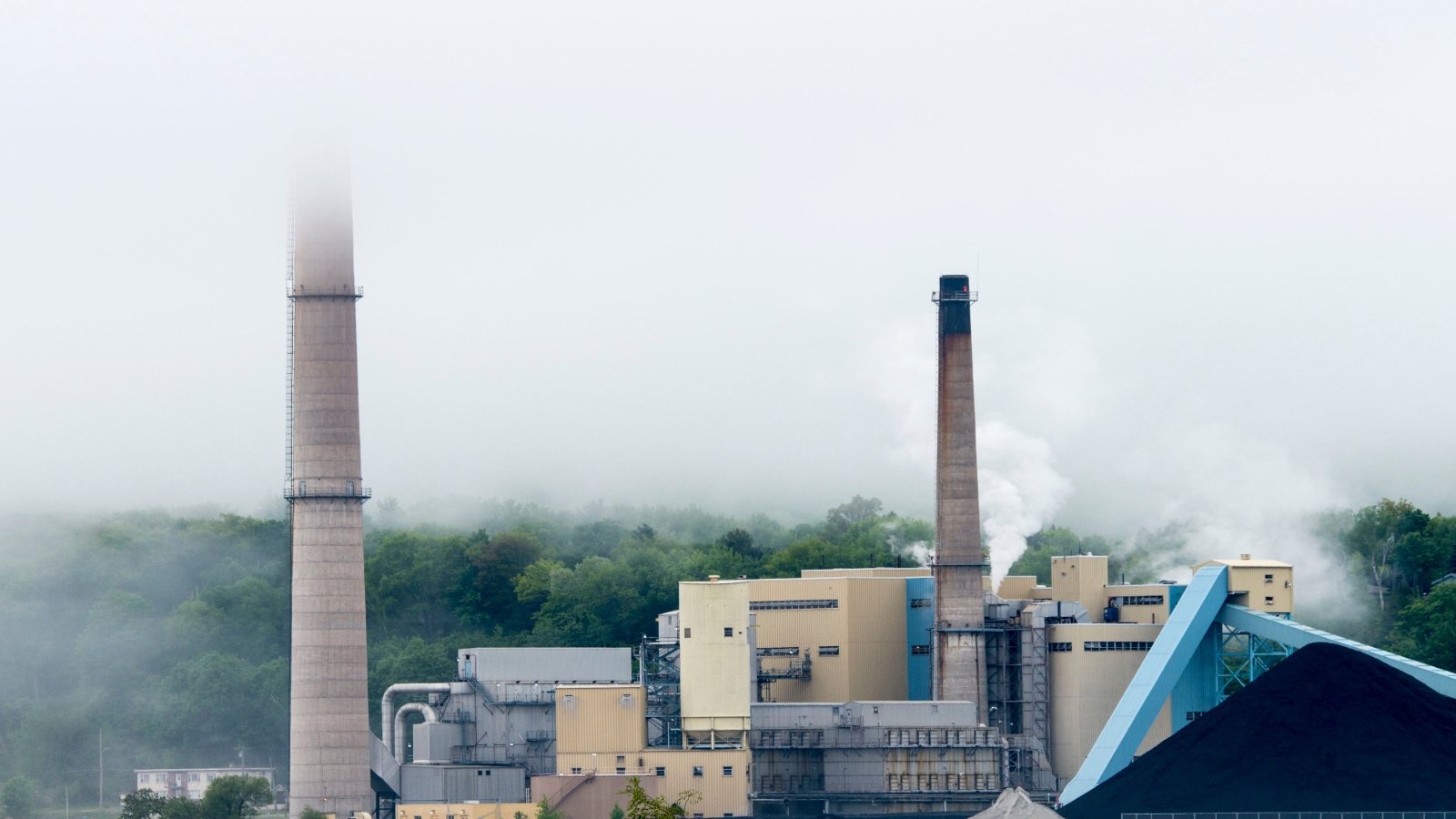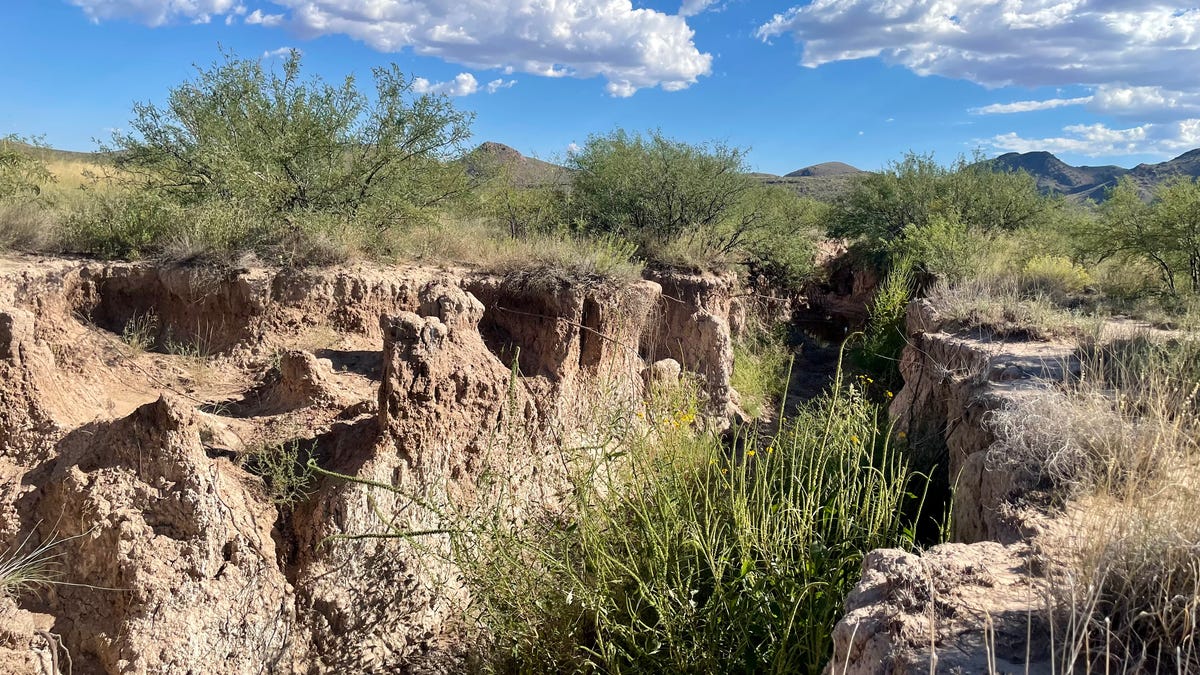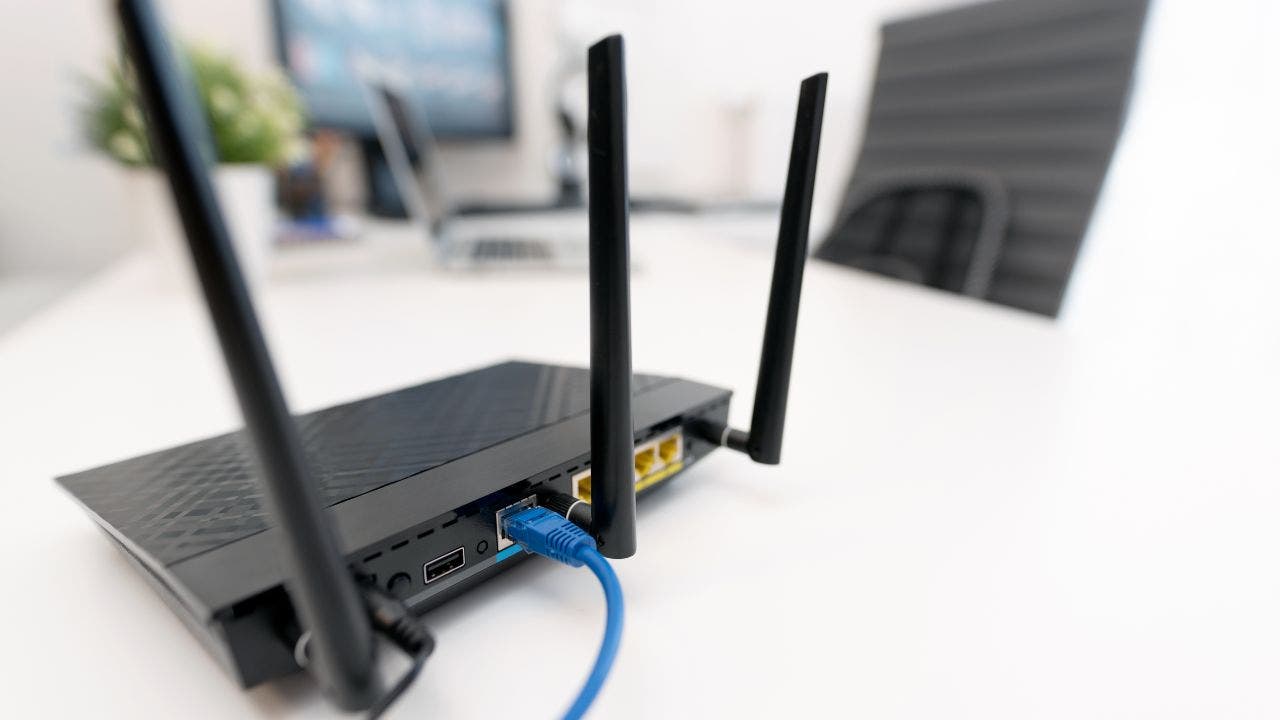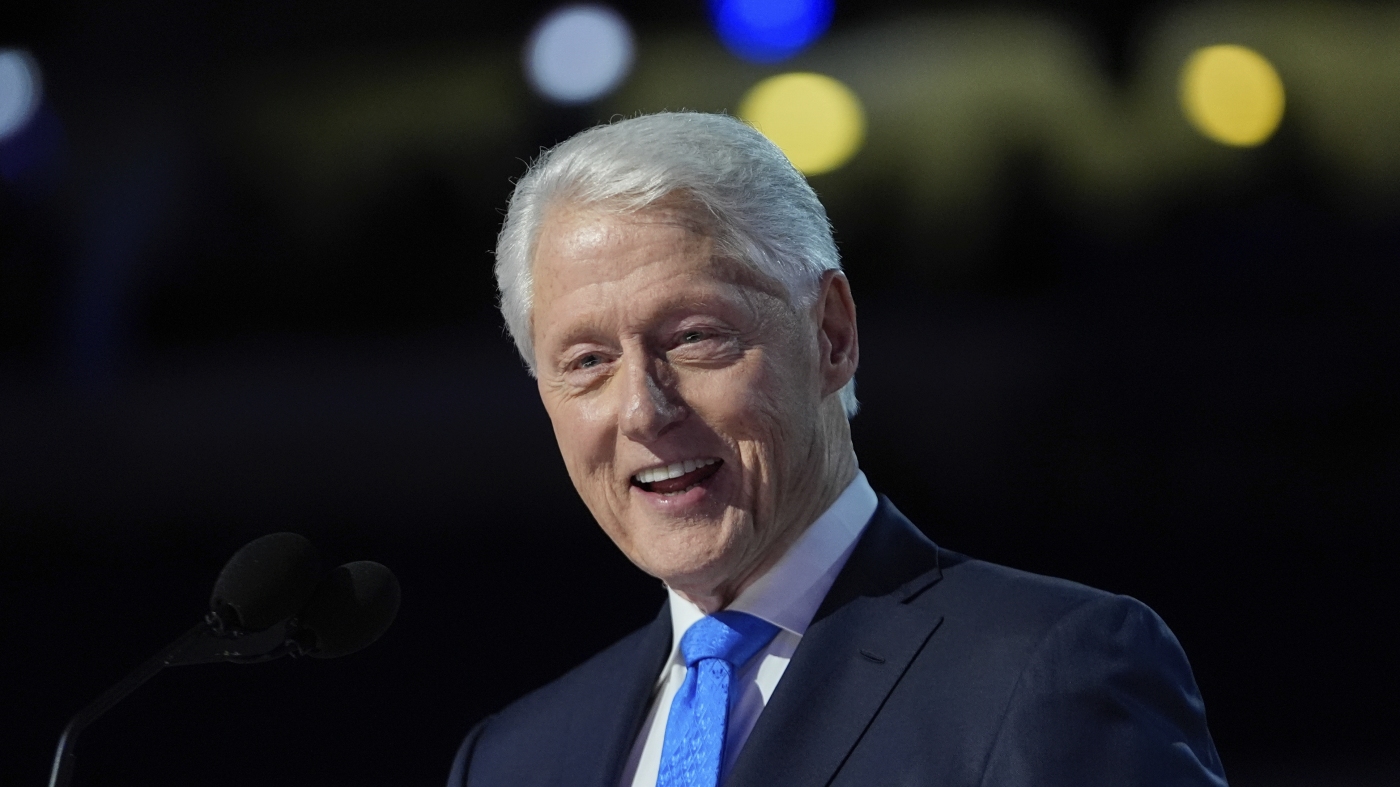Michigan
Michigan's ambitious clean energy laws face a peninsula-sized hurdle

This coverage is made possible through a partnership with Grist and Interlochen Public Radio in Northern Michigan.
Last year, Michigan became one of the latest states to adopt a clean energy standard, passing sweeping legislation that calls for utilities there to use 100 percent clean electricity by 2040 and sets targets for renewable energy development, among other requirements.
Now, it’s rolling out those laws. And the Michigan Public Service Commission, the energy regulators responsible for that rollout, must pay special attention to the Upper Peninsula. The commission has until December 1 to recommend whether — and how — the legislation should be adjusted to accommodate its people, businesses, and utilities.
They’ve got their work cut out for them: The Upper Peninsula, known colloquially as the U.P., is a huge, sparsely populated region in the north, separated from the rest of the state by the Straits of Mackinac and wedged between lakes Superior, Michigan, and Huron. The U.P. has a lot of utilities for its small population of just over 300,000, requiring a higher level of cooperation among them. Plus, the grid was built with power-hogging industries like mining and paper mills in mind, and fluctuating industrial demand has meant people who live in the region have faced high costs over the years. Some utilities have charged residents rates that are among the highest in Michigan and the country.
And the Public Service Commission has to ensure that the natural gas plants it approved in 2017 as a cleaner alternative to coal don’t prevent Michigan from achieving its clean energy goals.
Those natural gas plants are powered by reciprocating internal combustion engines, called RICE units, that went online just five years ago and were built to last for decades — that is, beyond the state’s 2040 goal for clean energy. While the mining company Cleveland-Cliffs agreed to pay half of the $277 million price tag, the rest of the cost was passed on to more than 42,000 utility customers.
Michigan’s new energy laws specifically mention the U.P.’s expensive new natural gas engines as a hurdle and ask the Public Service Commission to figure out what to do.
The laws don’t require shutting down the engines outright. But they do consider only natural gas paired with carbon capture “clean,” so the utility running the engines would have to deploy a lot of renewables instead or find some other way to comply with the new rules. What all that means for the future of the five-year-old engines is uncertain.
Dan Scripps, the commission’s chair, said the state could tweak its approach to the RICE units by reducing or offsetting emissions. Another option, he said, would be to think about the region’s energy goals holistically: “How do you effectively get to net-zero carbon emissions by 2040, but maybe with more flexibility around carbon capture and that sort of thing?”
The commission is juggling a lot of opinions.
Mining officials and employees spoke in favor of continuing to run the RICE units at a public hearing held by the commission this summer.
Ryan Korpela, the general manager for Cleveland-Cliffs’ Tilden Mine, asked commissioners to allow the natural gas engines to operate without requiring renewable energy credits or new power generation, calling them “the perfect solution to a difficult problem,” and noting that ratepayers already foot the bill.
Officials with Cleveland-Cliffs say that the engines are cleaner and more efficient than coal, saving customers money on transmission costs. But organizations like the Sierra Club have spoken out against installing them in places like neighboring Wisconsin, arguing that burning methane — the main component of natural gas — harms both the climate and the people living next to the plants. The climate think tank RMI says many comparisons of coal and gas only consider end-use emissions, and don’t account for methane leaks during production and transportation. According to an RMI analysis published last year, those leaks can put the climate impacts of natural gas on par with coal (when emitted into the atmosphere, methane is about 80 times as potent as carbon dioxide).
The utility that operates the RICE units, Upper Michigan Energy Resources Corporation, is working to deploy renewables, said spokesperson Brendan Conway in an email, but they’re balancing that with an immediate need for reliable energy: “These units serve that critical function in a part of the state with limited transmission access.”
Others, including environmental and energy groups, have pushed to implement the state’s laws as written, including the clean energy mandate.
Abby Wallace, a member of the Michigan Environmental Council, wants to find a compromise on the natural gas engines. “There are ways that the RICE units could be made more efficient themselves. And I think it’s premature to say that the U.P. in no way could meet the goals that the rest of the state are being held to in the legislation,” she said during the hearing.
Across the country, four states have 100 percent renewable portfolio standards, while 16 states have adopted broader 100 percent clean electricity standards, according to Lawrence Berkeley National Laboratory’s August report. (Clean energy includes a wider array of technologies than renewables, so that number doesn’t include states like Vermont, which put a renewable energy standard into law earlier this year.)
Galen Barbose, a staff scientist who authored the report, said Michigan’s goals are pretty ambitious.
“Most other 100 percent states have targets that are further out in time,” he said. “By setting that 100 percent target for 2040, Michigan is one of the more aggressive states in terms of the timeline.” It is also approaching the transition more incrementally than some other states, Barbose said, aiming to get 80 percent of its energy from clean sources by 2035.
Looming in the background of Michigan’s energy transition is the instability of the electrical grid, which can have serious consequences for the people living in the U.P.
“A squirrel sneezes and the power goes out,” said Tori McGeshick, describing how some locals see reliability there. McGeshick is a member of the Lac Vieux Desert Band of Lake Superior Chippewa Indians who now lives across the border in northern Wisconsin. She works as the tribe’s climate resilience coordinator.
Utilities often take longer to respond to power outages in more remote areas, she said, and unreliable power has had a profound effect on her community, especially elders and people with specific medical needs.
“It’s also affecting our harvesting rights,” McGeshick told Grist. “A lot of people harvest or hunt or fish during the different seasons, and when a power outage occurs, all of that — supplies — also is lost.” She added that the Public Service Commission should solicit more tribal input as it weighs the new legislation against the infrastructure, cost, and reliability of the grid.
Not everyone agrees that natural gas is a long-term solution to reliable, affordable energy. Roman Sidortsov, an associate professor of energy policy at Michigan Technological University, said gas prices are variable and hard to predict. “People tend to forget that fossil fuels, and oil and gas in particular — it’s incredibly volatile business,” he said. “There’s very little stability in the prices.”
Sidortsov, who was a member of the state’s U.P. Energy Task Force several years ago, said the U.P. deals with different environmental factors and customers than the rest of the state; the grid was built to serve industries that aren’t as robust as they once were.
He thinks a lot of the region’s demand can be met with distributed generation — getting power through smaller, more localized sources of energy, something energy experts have discussed for years. Sidortsov said the right way forward is to develop the grid’s capacity for energy storage and smaller, spread-out renewable energy sources.
“So when we are talking about achieving the goals set by the Legislature, it probably will require rethinking the grid in the U.P., updating the grid in the U.P., making sure that it can accommodate local solutions and distributed solutions.”
Michigan has become a leader among the states working toward an all-clean energy standard, said Douglas Jester, a managing partner at the policy consulting firm 5 Lakes Energy who helped develop the state’s laws.
And while the clean energy standard still allows utilities to sell some amount of fossil fuel power back to the grid, it might not make financial sense come 2040, Jester said, as nearby states increasingly turn to renewables.
This reporting was supported by the Institute for Journalism and Natural Resources.
Editor’s note: Sierra Club is an advertiser with Grist. Advertisers have no role in Grist’s editorial decisions.

Michigan
Snow, sleet and freezing rain hit Southeast Michigan

Watch CBS News
Be the first to know
Get browser notifications for breaking news, live events, and exclusive reporting.
Michigan
President Biden commutes death sentences for 37 inmates, including Michigan man

Watch CBS News
Be the first to know
Get browser notifications for breaking news, live events, and exclusive reporting.
Michigan
Michigan to see snow, rain Monday ahead of warming temperatures

Several inches of snow in the forecast
Southeast Michigan is expected to get 1-3 inches in most areas, with some cities potentially receiving less accumulation as a result of mixed precipitation.
Fox – 2 Detroit
Several inches of wet snow are expected accumulate across parts of Michigan through Monday night, according to the National Weather Service, with some areas possibly experiencing more than 6 inches of accumulation of wet snow.
While the southern Lower Peninsula is expected to receive a mix of rain and snow early in the week, the highest snowfall totals are expected north of M-46.
Christmas Day, however, could look a little different, according to the NWS office in Detroit/Pontiac, as warmer weather moves in and rain by the weekend.
With lake effect snow, western Michigan could experience accumulation Monday with 2 to 4 inches of snow with temperatures in the high 30s.
Roads could become slippery and messy early this week, and NWS offices across the state are encouraging Michiganders to leave extra travel time for commutes.
How much snow is expected in west Michigan?
The National Weather Service in Grand Rapids issued a winter weather advisory through Monday.
“Low pressure will bring snow and mixed precipitation today with 2 to 4 inches of snow north of I-96 and snow, sleet and freezing rain to the south. Highs will be in the lower 30s,” the weather service said. “Wintry weather today will feature a mix of sleet, snow, and freezing rain across southern Lower Michigan, while 2 to 4 inches of snow is expected in central and northern Lower Michigan. The precipitation will taper off to snow flurries this evening.”
Northern Michigan expected to see gradual warming before Christmas
A winter weather advisory is in effect for northern Michigan and parts of the UP today, the National Weather Service in Gaylord said.
“Snow will continue to spread across the area this morning. Heavier, wet snow will be seen over eastern upper for this mornings commute. This heavier, west snow will show up over northern lower a few hours later — more around the mid-morning hours. Drive carefully today, as wet snow leads to slushy and slipper roads,” the weather service said.
After today, the National Weather Service in Gaylord is predicting a warmer Christmas this year.
“Skies will be mostly cloudy for the majority of the week with temperatures becoming mild, said the weather service in a statement on X.
Northern Michigan could see a clipper system
Areas in Northern Michigan could see wet snowfall today, thanks to lake effect snow off Lake Michigan and a clipper system, an area of low pressure that usually forms in the southern provinces of Canada, and quickly drops southeast into the eastern U.S., bringing a shot of cold, arctic air with it.
The National Weather Service issued a hazardous weather outlook for Monday.
“A system moving through the Great Lakes will produce widespread light, wet snow today across south central Upper Michigan,” the weather service said.
Expected snowfall through Dec. 24
In the Lower Peninsula, the weather service predicted lower snowfall totals for areas farther south. Here’s a look at some expectations:
- Detroit: 1 inch
- Grand Rapids: 1 inch
- Big Rapids: 2 inches
- Cadillac: 6 inches
- Clare: 4 inches
- Bad Axe: 6 inches
- Kalamazoo: 1 inch
- Muskegon: 1 inch
- Lansing: 1 inch
Jalen Williams is a trending reporter at the Detroit Free Press. Contact him at jawilliams1@freepress.com.
-

 Business1 week ago
Business1 week agoFreddie Freeman's World Series walk-off grand slam baseball sells at auction for $1.56 million
-
/cdn.vox-cdn.com/uploads/chorus_asset/file/23951353/STK043_VRG_Illo_N_Barclay_3_Meta.jpg)
/cdn.vox-cdn.com/uploads/chorus_asset/file/23951353/STK043_VRG_Illo_N_Barclay_3_Meta.jpg) Technology1 week ago
Technology1 week agoMeta’s Instagram boss: who posted something matters more in the AI age
-
News1 week ago
East’s wintry mix could make travel dicey. And yes, that was a tornado in Calif.
-
/cdn.vox-cdn.com/uploads/chorus_asset/file/24924653/236780_Google_AntiTrust_Trial_Custom_Art_CVirginia__0003_1.png)
/cdn.vox-cdn.com/uploads/chorus_asset/file/24924653/236780_Google_AntiTrust_Trial_Custom_Art_CVirginia__0003_1.png) Technology3 days ago
Technology3 days agoGoogle’s counteroffer to the government trying to break it up is unbundling Android apps
-

 Politics4 days ago
Politics4 days agoIllegal immigrant sexually abused child in the U.S. after being removed from the country five times
-

 News4 days ago
News4 days agoNovo Nordisk shares tumble as weight-loss drug trial data disappoints
-

 Entertainment5 days ago
Entertainment5 days ago'It's a little holiday gift': Inside the Weeknd's free Santa Monica show for his biggest fans
-

 Politics1 week ago
Politics1 week agoSupreme Court may free Catholic charities from paying state unemployment taxes for their employees



















